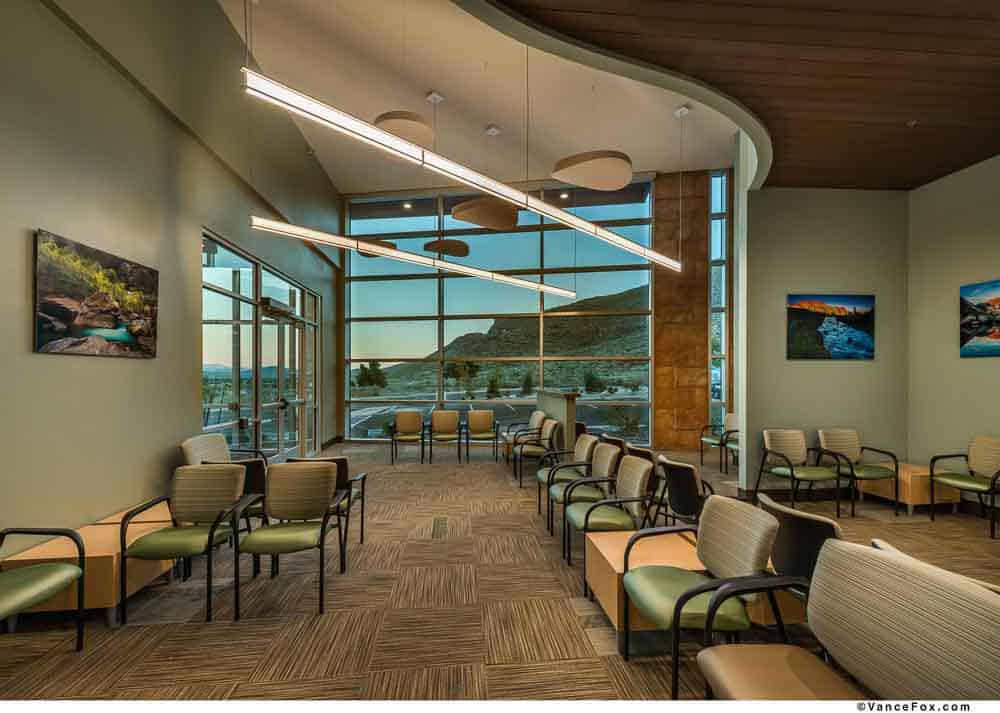Healthcare design is important because it can have a major impact on the overall health and well-being of people who use it, including patients, their families, staff and upper management. It can help to create a safe and comfortable environment where people feel comfortable and supported, while also promoting healing and recovery. Healthcare design also helps to create a more efficient and effective healthcare system, which can lead to better care and outcomes for patients. As a healthcare designer, I follow some of the guiding principles of healthcare design.
Guiding Principles of Healthcare Design
1. Safety: Healthcare facilities must be designed with safety as the primary consideration. This includes factors such as the placement of equipment, materials, and finishes; the elimination of trip hazards; and the consideration of infection control.
2. Accessibility: Healthcare facilities must be designed with the needs of all users in mind. This includes providing sufficient and appropriate accommodations for people with disabilities, as well as providing easy access to medical equipment and supplies.
3. Comfort: Healthcare facilities must be designed with comfort in mind. This includes providing comfortable seating, adequate lighting, appropriate temperatures, and adequate sound masking.
4. Privacy: Healthcare facilities must provide adequate privacy for patients and families, both in terms of physical design and in terms of security and confidentiality.
5. Security: Healthcare facilities must provide adequate security to ensure the safety of staff, patients, and visitors.
6. Efficiency: Healthcare facilities must be designed to maximize efficiency, both in terms of the use of space and the flow of medical personnel and patients.
7. Cost Effectiveness: Healthcare facilities must be designed with cost-effectiveness in mind. This includes using materials and finishes that are durable and low-maintenance.
Patient Experience Is Important
The guiding principles of healthcare design work together. They add up to the patient experience. The patient experience is important because it determines how satisfied or dissatisfied a patient is with their care. It encompasses all aspects of the patient’s interaction with the health care provider and organization, from the initial contact to discharge. A positive patient experience is paramount to providing quality care and improving outcomes, while a negative experience can lead to poor outcomes, increased costs, and even patient safety issues. By ensuring that the patient experience is positive, healthcare providers and organizations can ensure that patients feel respected, heard, and cared for, which may lead to improved outcomes and better overall health.



